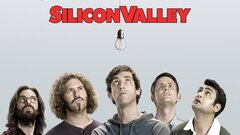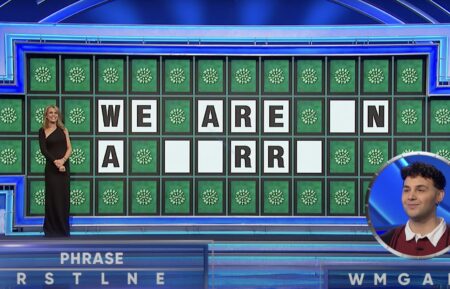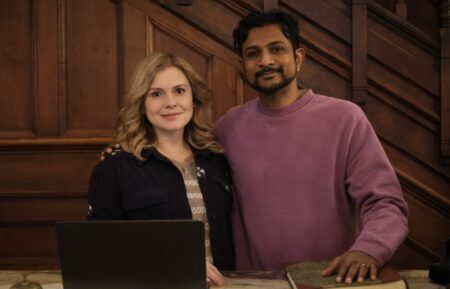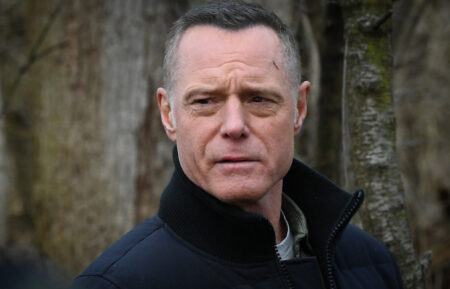TV’s Representation of Real-World Tech in the Age of ‘Mr. Robot’
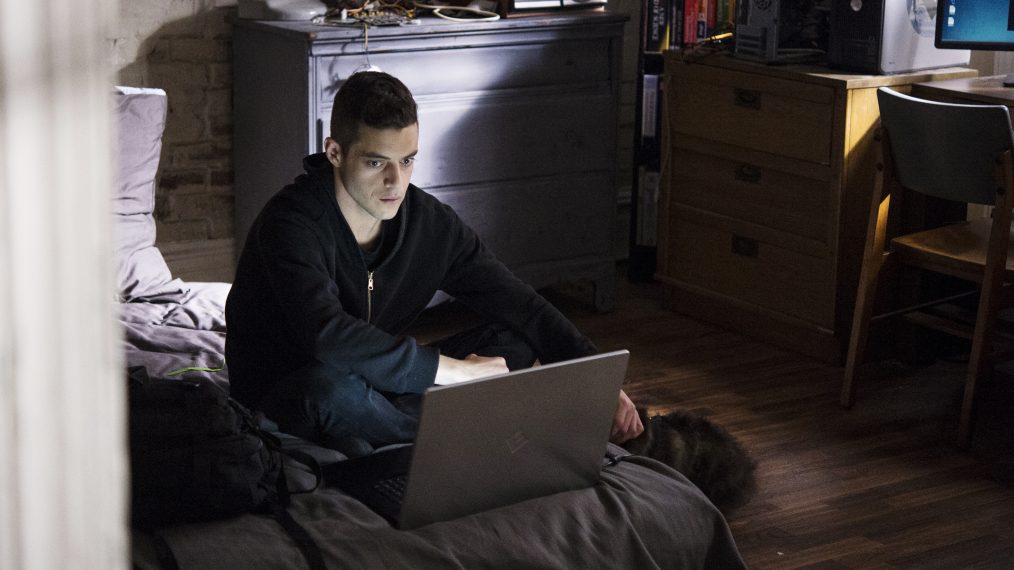
Binging Culture will regularly explore modern scripted television’s successes and failures in the representation of topics from the social to the political to the professional.
Evan Lewis is a straight, white, cisgender male millennial, and as such probably shouldn’t be allowed to comment on anything. But he does watch TV sometimes.
This post will contain some spoilers for Mr. Robot, Silicon Valley and Halt and Catch Fire.
Computer generated ones and zeros cascade down wires and across circuit boards, surfing the tubes of the information superhighway into the ports of a whirring computer rig. Cameras pan across furiously typing fingers, up to the face of a nonthreatening hax0r with an inoffensively edgy punk rock aesthetic, illuminated by the light from an array of more monitors than anyone could ever need. Technology!
Network television technology to be specific; the kind that mass-appeal shows like NCIS or the couldn’t-be-canceled-fast-enough CSI: Cyber would use as the deus ex machina to resolve otherwise analog storylines. In reality the nitty-gritty details of technology can be pretty inaccessible, or worse yet from a TV standpoint, boring to look at, except by a select group of tech junkies.
This is the problem that TV producers face in representing real-world technology: to demystify it runs the risk of making it unexceptional. Technology that the average viewer already understands lacks novelty, but taking time to educate viewers on more complicated tech isn’t something that a show can do while maintaining any sort of acceptable narrative pacing. Even as recent shows have become more careful about accurately depicting the way technology works, the most successful among them have shifted from using technology as a means of quickly explaining away plots to using it as a method for introducing them.
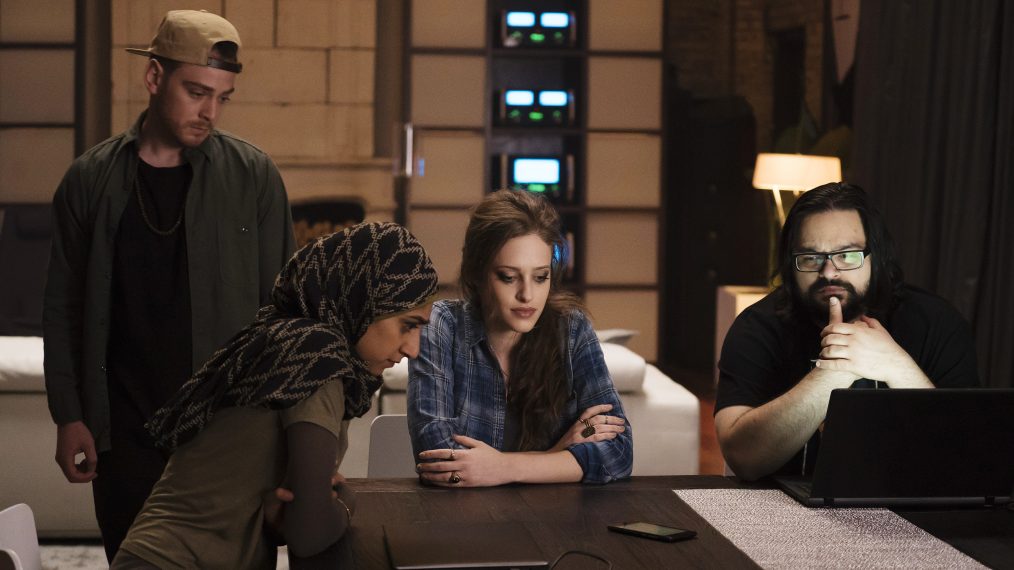
Darlene and fsociety planning their next move in Mr. Robot Season 2
Mr. Robot earns some serious nerd cred by creating plausible, if unlikely, technological situations and explaining them just enough for the story to function, while leaving the detailed technical breakdowns to the redditors. Series technical advisor Kor Adana said in an interview last year that the most implausible aspect of Mr. Robot’s hacks is usually the timeframes, but he volunteered that the expedited pace can be explained by Elliot’s (Rami Malek) genius-level coding skill.
RELATED: How Mr. Robot Gets Its Hacks Right
In any case, showing accurate on-screen representations of what it takes to penetrate computer networks and Android phones isn’t what’s important. Mr. Robot’s writers demonstrate the use of technology as a democratizing force and a tool of oppression, as corporate America’s greatest asset and liability, and it does this by focusing on the personal consequences that access to the latest tech trends has on the lives of users.
When Elliot, or whoever, executes fsociety’s master hack, the viewer doesn’t need to watch him push the button. The show picks up days later when Elliot wakes up to find the world in post-hack technological disarray. While the mystery of what happened on the day of the hack remains one of the driving secrets of Season 2, the questions don’t revolve around what the hack actually did from a technological standpoint, but rather who did it and why. Meanwhile, the world reels, and characters confront deep psychological issues as they come to terms with how dependent on the established system of technological bureaucracy society had become.
The unfilmable action of a coder creating a software-based attack or sitting alone at a terminal for hours writing an innovative app necessitates an approach from TV creators that emphasizes what technology means to society, rather than what the technology actually does.
HBO’s tech start-up comedy Silicon Valley builds its entire premise and most of its gags around just how boring and awkward the people who create earth-rocking technological updates can be. A compression algorithm like the one running in the Pied Piper app on the show would be a revolutionary step forward, but the ever unsociable Richard (Thomas Middleditch) repeatedly sputters and flails as he fails to relay that monumental importance to venture capitalists and the general public. When Richard takes to focus group information sessions to explain Pied Piper and boost daily active user numbers in Season 3, it takes him hours of throwing his digital pearls before swine to convert even a single user.
Season 1’s TechCrunch Disrupt montage, where group after group of nerdy engineers take the stage to make nearly identical statements about “making the world a better place” before launching into the densest tech jargon imaginable, is another standout scene. The glamorous excitement of technology’s potential applications is referenced in direct comparison to the slow, dull, iterative process by which it’s made.
This same focus on the arduous process of technology development and the toll it takes on creative types is what keeps AMC’s Halt and Catch Fire compelling as it gears up for its third season. Mr. Robot’s not-so-subtle post-Occupy Wall Street commentary and Silicon Valley’s comedy of errors lean on cutting edge hardware and software, but HCF takes a few steps back.
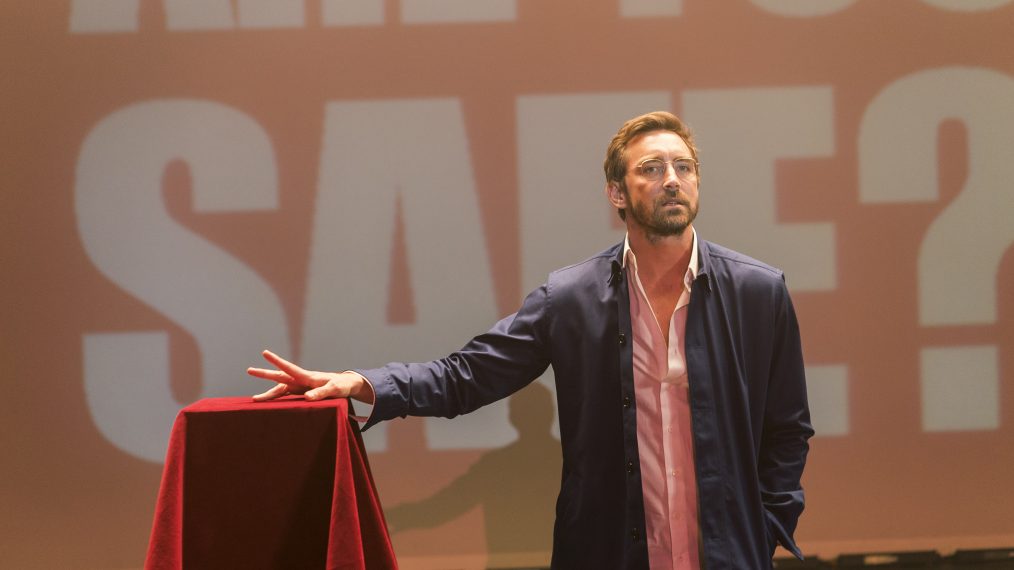
Lee Pace’s Joe MacMillan preparing to unveil some mind-blowing 80s tech in the HCF season 3 premiere
On paper, a show about the development of 30-year-old tech sounds like it could devolve into a dry history lesson for the documentary crowd, but Chris Cantwell and Chris Rogers’s 1980s period piece highlights the social importance of the personal computing revolution and uses the technology as incentive for characters to change their status quo. Joe (Lee Pace) and Cameron (Mackenzie Davis) view the tech industry as a release valve for their fevered capitalistic ambition and social anxieties. This focus allows the show to create a story that reveres technology without getting bogged down in it, and to present computers as a way for the characters to achieve some kind of personal validation by improving the world.
RELATED: How Real is Halt and Catch Fire‘s Take on 1980s Computer Technology?
The knowledge that viewers in 2016 have of just how important the 1980s PC revolution was to just about every aspect of culture heightens the characters’ drama and elevates them from whiny outsiders to creative visionaries working toward something truly great. By the end of Season 2, the show’s main characters are boarding a plane from Texas to California, building up viewer expectations of technological and social upheaval in the land of Jobs and Wozniak.
Technology is part of the human condition, not an outside force acting upon it, which is why shows that treat technology as an occasional intervention instead of an integral component of social interaction miss the mark. A show doesn’t need to be about just computers to represent technology well. What it does need to do is acknowledge that technology is an irremovable part of what it means to be alive in 2016, and that the cutting edge of tech is a moving target, not a magic bullet.



